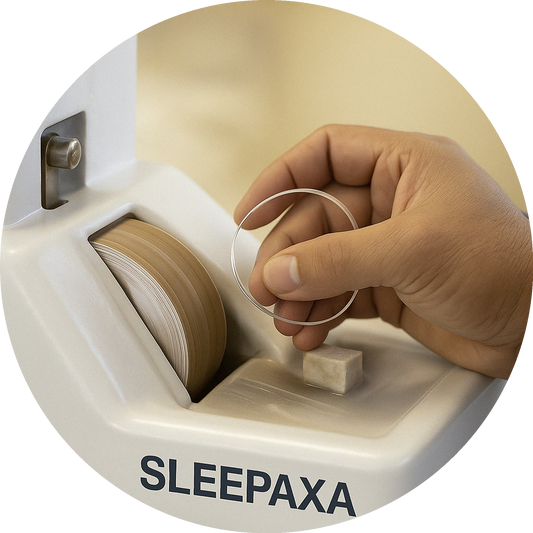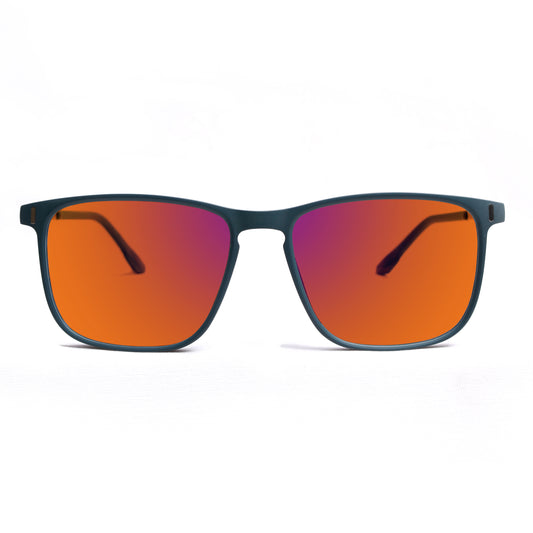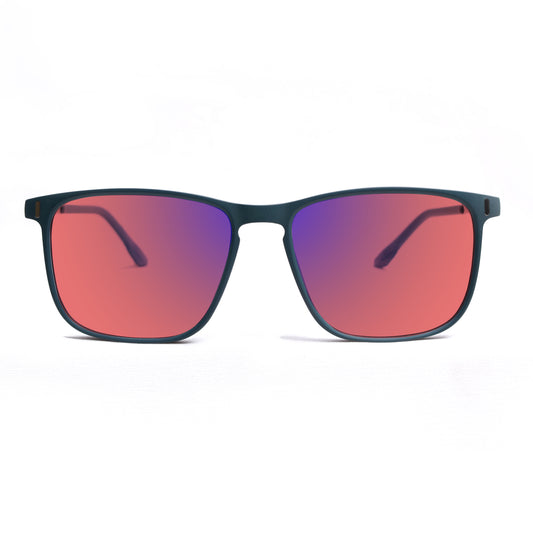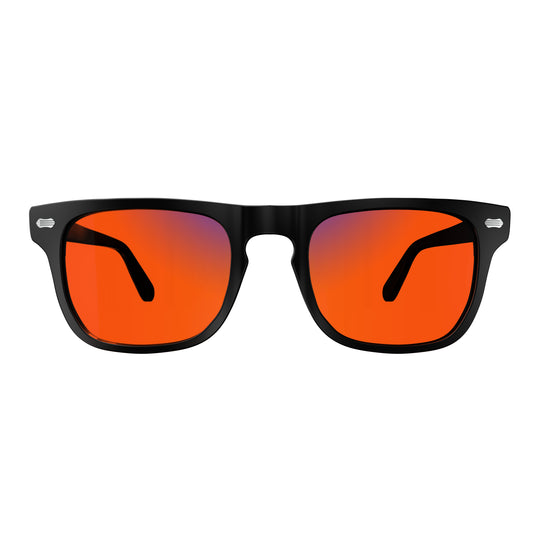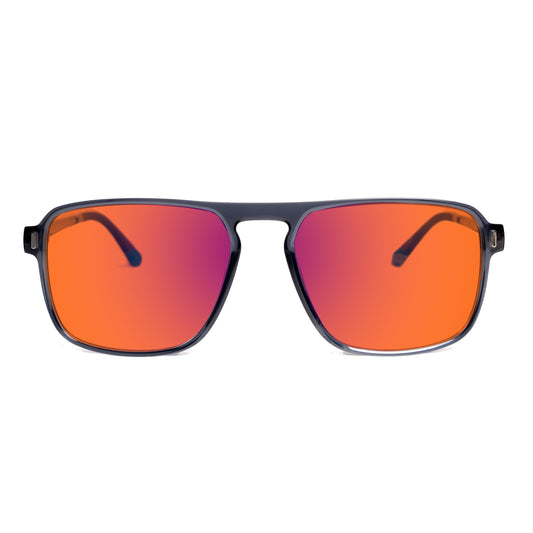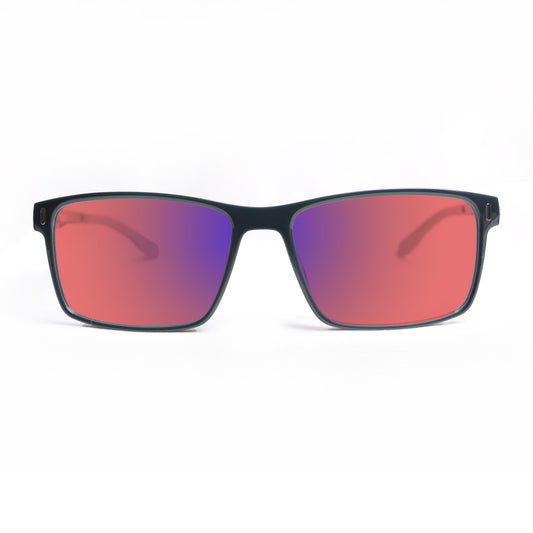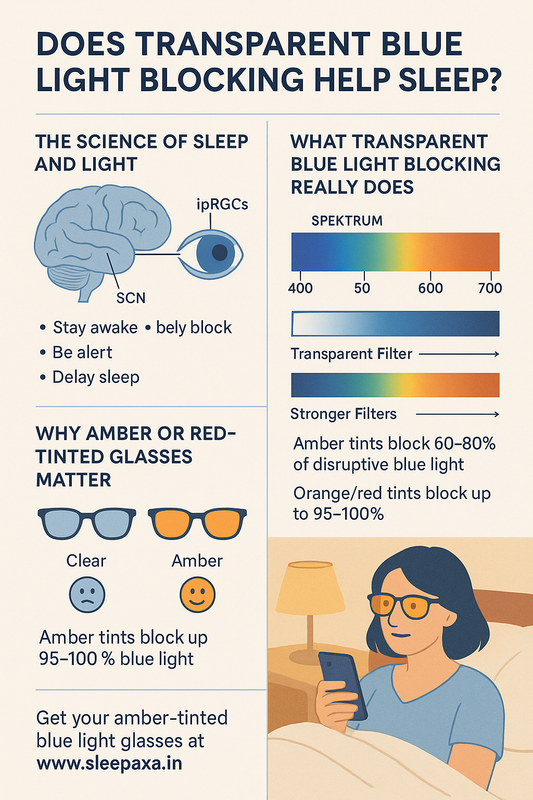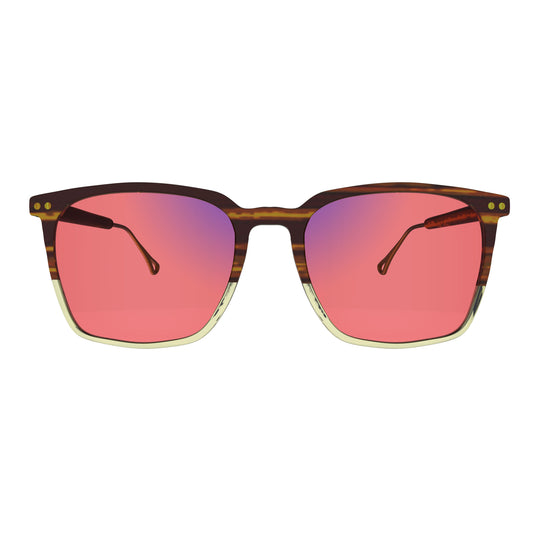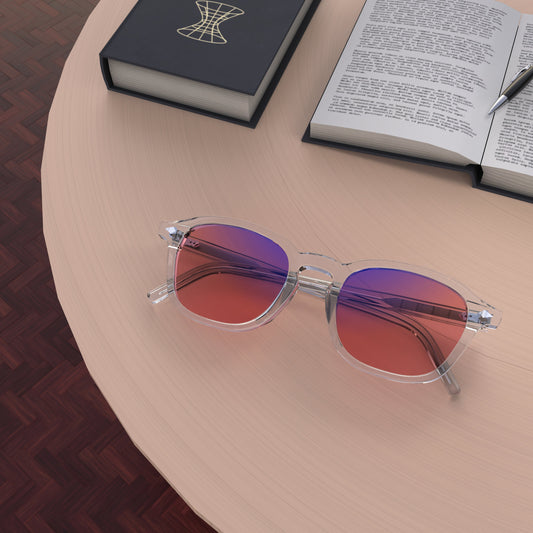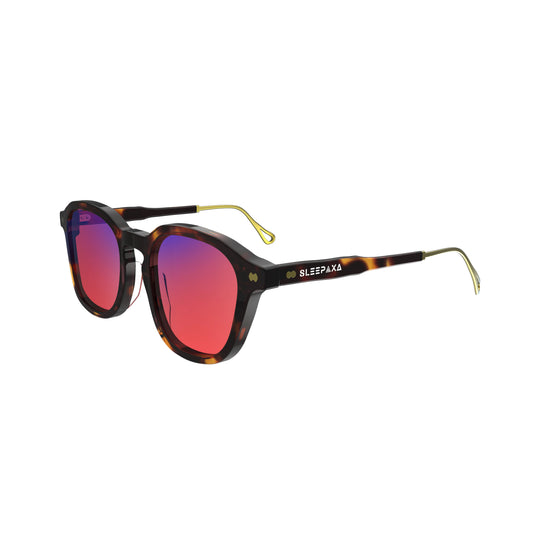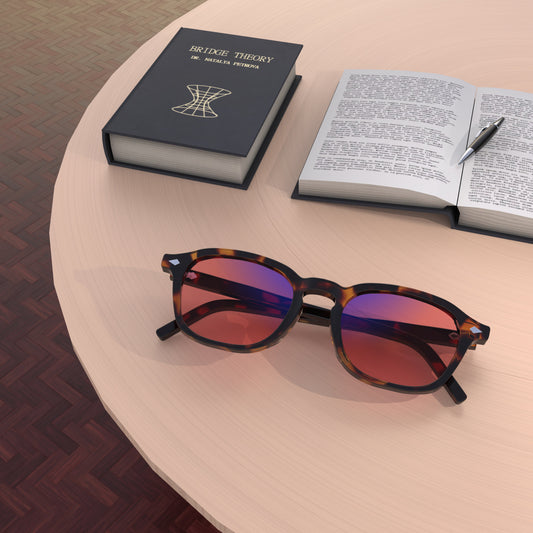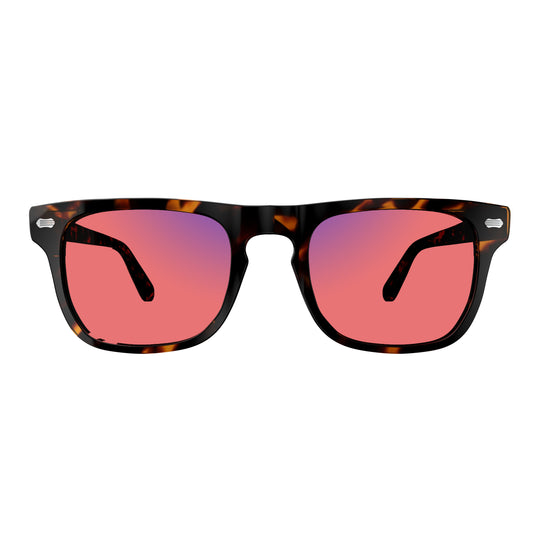
5 Myths About Amber Sleep Glasses You Should Stop Believing
5 Myths About Amber Sleep Glasses You Should Stop Believing
If you’ve ever tossed and turned at night wondering why your sleep isn’t improving—even after reducing screen time—there’s a good chance blue light is the culprit. That’s where amber sleep glasses step in, but unfortunately, there’s still a lot of misinformation out there.
Let’s clear things up by busting 5 common myths about amber-tinted sleep glasses, and learn how Sleepaxa Amber Sleep Glasses can truly improve your rest.
Myth 1: Amber Glasses Are Just a Trend
Truth:
Amber-tinted lenses are backed by real science. Numerous studies show that blue light emitted by screens and artificial lighting suppresses melatonin production, making it harder to fall asleep. Amber lenses filter out that disruptive blue light, helping your brain transition into sleep mode more naturally.
✅ Sleepaxa Amber Sleep Glasses are designed based on this exact principle—blocking high-energy visible (HEV) blue light without distorting vision, so your circadian rhythm stays on track.
Myth 2: They Only Work for People With Sleep Disorders
Truth:
While they’re especially helpful for those with insomnia or delayed sleep phase, amber sleep glasses benefit anyone exposed to artificial light after sunset—which, let’s face it, is most of us. Whether you're scrolling Instagram at 10 PM or working late under LED lights, your sleep hormones are being affected.
💤 Wearing Sleepaxa Amber Glasses from 6 PM onward can help naturally improve melatonin levels, even in healthy sleepers.
Myth 3: Amber Glasses Are the Same as Cheap Blue Blockers
Truth:
Not all blue-blocking glasses are created equal. Many inexpensive glasses only filter 5–10% of blue light, and some clear-lens versions are purely cosmetic.
🔬 Sleepaxa Amber Sleep Glasses are tinted with a specific wavelength range designed to block over 80% of harmful blue light, especially between 460–500nm—the range most disruptive to melatonin production.
Myth 4: You Have to Wear Them All Day for Results
Truth:
Amber glasses are not meant to be worn all day. Their purpose is to protect your eyes during the evening and night hours, when natural cues for sleep (like darkness) are most critical. Wearing them during the day may make you feel drowsy by accident.
⏰ For best results, Sleepaxa recommends wearing amber-tinted glasses from sunset until bedtime.
Myth 5: They Make Everything Look Unnatural
Truth:
High-quality amber lenses do change the color tone of your view slightly—but not to the point of discomfort. In fact, many users report a warm, calming visual effect that helps them wind down after a long day.
😌 Sleepaxa Amber Glasses are carefully engineered to balance comfort and function—providing warm tone filtration without heavy color distortion.
💡 Final Thoughts
Amber sleep glasses are not a gimmick—they’re a simple, science-backed tool for better sleep and healthier evenings in our screen-saturated world. By filtering out the blue light that interferes with melatonin, these glasses allow your body to follow its natural sleep-wake cycle again.
If you're looking for a pair that’s both effective and stylish, check out the Sleepaxa Amber Tinted Sleep Glasses — crafted specifically to deliver visible comfort and real results.
